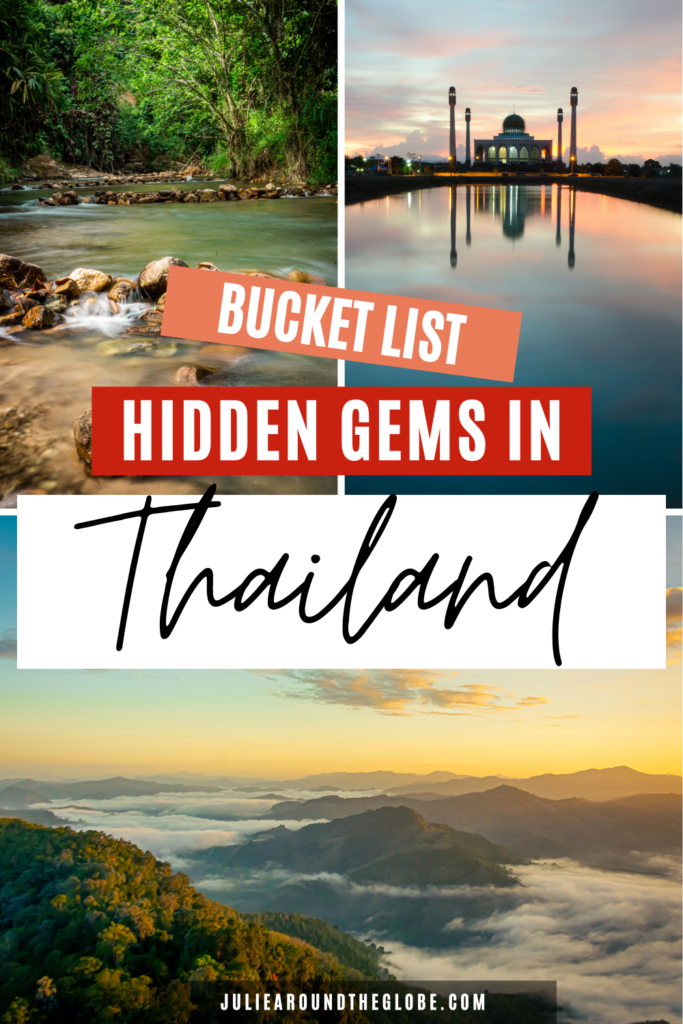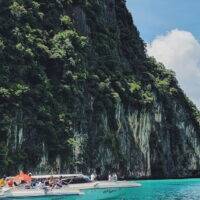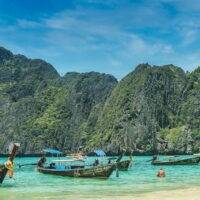5 Unexplored Places in Thailand – The Deep South

Last Updated on November 5, 2022
Have you dreamed of Thailand’s perfect beaches without any tourists? Are you looking for an authentic experience away from hordes of foreigners? Well, if you’re brave enough, Thailand Deep South might be just right for you and should be added to your itinerary.
These provinces definitely feature some of the least touristy places in Thailand.
The provinces of Yala, Pattani, and Songkhla are beautiful, the people just amazing, and the culture is unique in Thailand as most people here are of Malay descent.
The coast is sparkled with paradise-like beaches, the countryside near the border offers some beautiful landscapes, and you won’t forget the warm welcome you’ll receive.
Few foreigners make the trip here because of the situation, but the experience is worth taking the chance.
Keep on reading to discover the best unexplored places in Thailand!
Travel tip – Before any international trip, make sure to get travel insurance and check visa requirements.
Must-Read – Thailand Packing List and Outfits
HELPFUL WEBSITES TO HELP YOU PLAN YOUR TRIP
HELPFUL WEBSITES TO HELP YOU PLAN YOUR TRIP
Disclaimer: This post contains affiliate links, which means that if you click on any links and make a purchase, I’ll get a small commission, at no cost to you.

Unexplored Places in Thailand – The History of Thailand’s Deep South
The provinces of Yala, Pattani, Songkhla, Satun, and Narathiwat used to be independent sultanates part of the Malay Kingdom. The people there are mainly Muslims Malay.
In 1909, Great Britain, which had power over some areas in Malaysia but not over these provinces, made a treaty with Thailand regarding the border between Malaysia and Thailand. The Anglo-Siamese Treaty states that these provinces will be part of Thailand from now on. Another colonial debacle.
The king of Thailand gave semi-autonomy to these provinces and left them to practice their religion and govern themselves through Sharia laws. A couple of years ago, around 2004 Thailand decided to have more control over the area and abolished the provinces’ independence.
Obviously, the tensions had already started in 1909, several militias had formed over the years to try to fight the Thai’s forced assimilation. But 2004 marked a peak in the conflict, it became more violent and more and more attacks took place.
The insurgents believed that by causing unrest in the Buddhist country, which believes in peace and non-violence, the government will get tired and just give up. Let’s just say that Thailand is not known for giving up territory that easily.
This being said, the conflict is slowly tuning down and attacks are less and less frequent. Most people there don’t really care about their independence and just want the conflict to cease.
Is visiting Thailand’s Deep South safe?
Yes and no, I’ve recently seen Thailand put on the top 10 most dangerous countries in the world because of these provinces and what’s happening there.
In my opinion, it’s completely overdramatic. Yes, the area knows some unrest, but most of the time you won’t realize there’s a conflict going on there. There are some executions and some bombing in public places going on, but rarely. And they never target tourists.
In 2017, 235 people died because of the insurgency, this number includes rebels and police/military officers. Comparatively, around 25 000 people die each year in Thailand from road accidents, with Thailand being the number one country in the world for the number of traffic accident deaths. Among these deaths, 1750 people were pedestrians.
Unexplored places to visit in Thailand’s Deep South
Songkhla

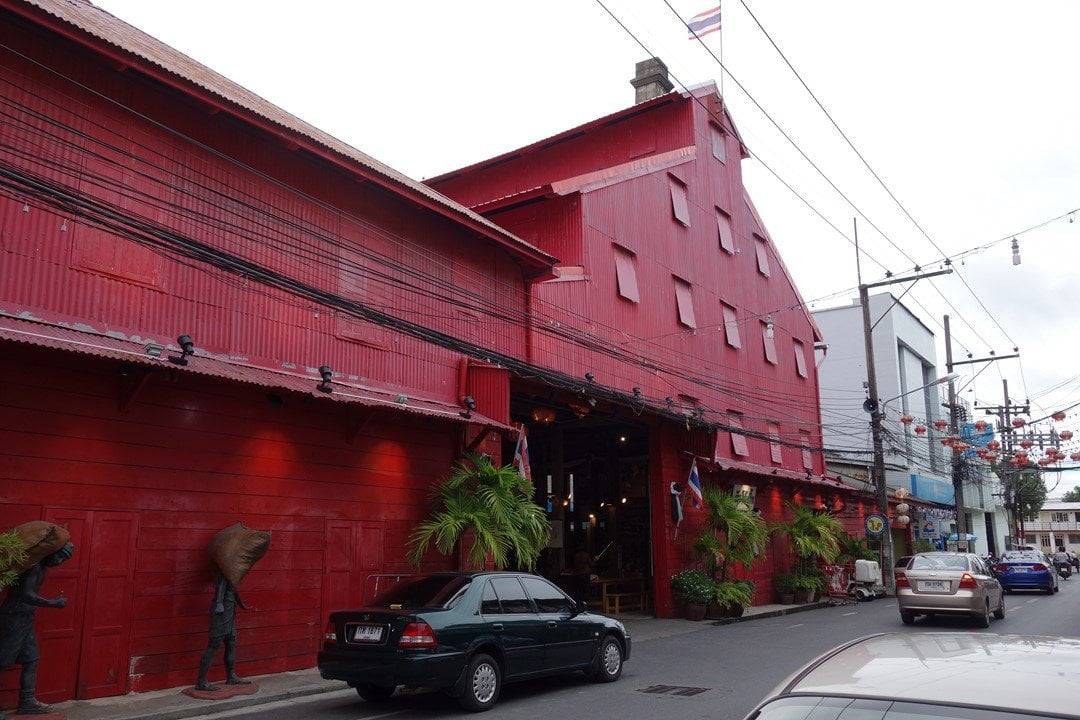
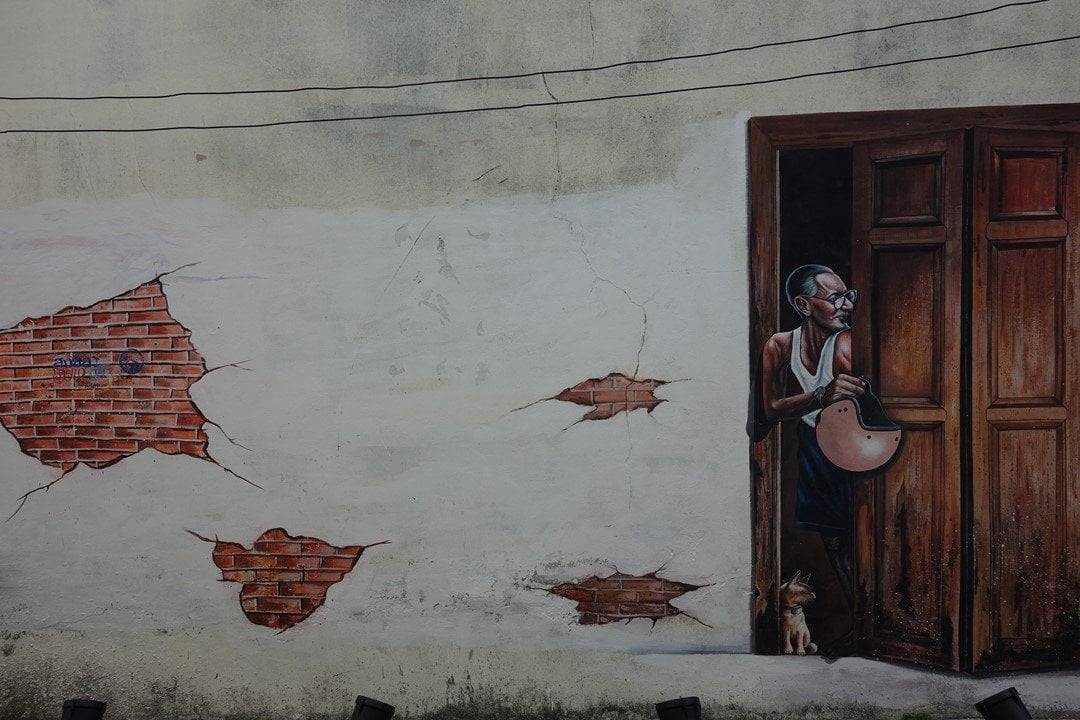
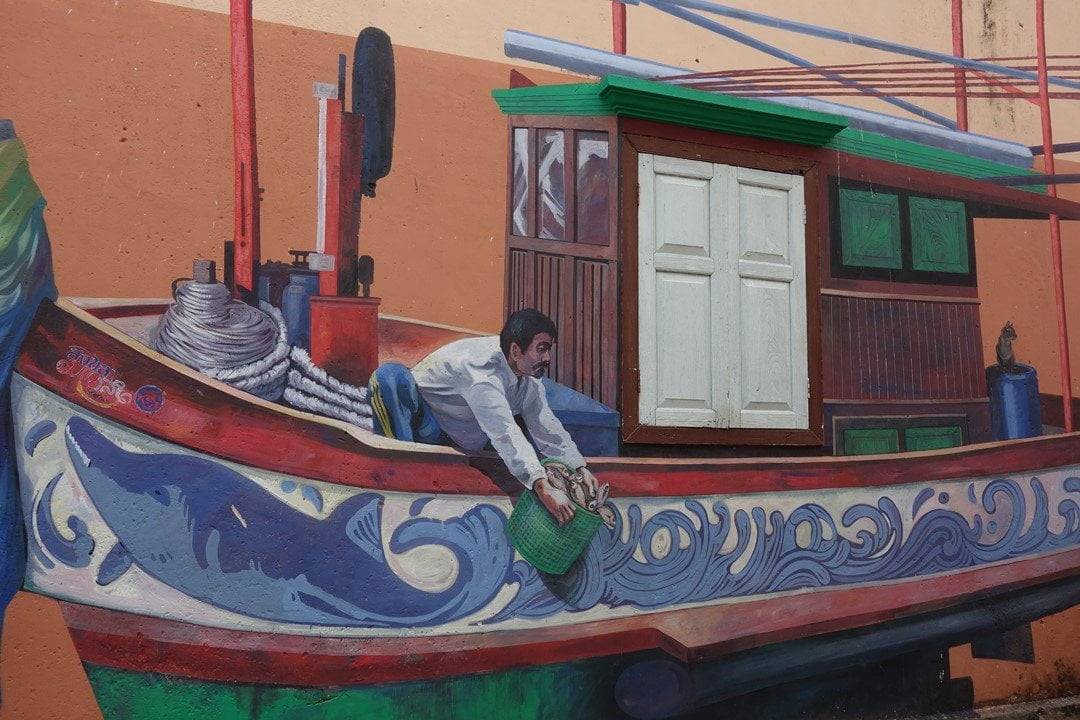
Songkhla’s historical center is a gem, with a lot of street art, ancestral houses, and several super nice coffee shops. You can explore on foot, but it’s easiest to rent or find a bicycle.
Make sure to stop by the Songkhla National Museum.
There’s also a nice beach not far from the city center. The beaches in southeast Thailand are different from what you’ll see on the islands. They’re usually really wide and long, and the water gets deep really fast. Be careful if you want to swim, during some seasons there can be highly poisonous jellyfish in the water.
For something quite unique, check out the Klongdaen Floating Market. Located in Tambon Khlong Dean, you’ll find old wooden row houses, wooden bridges, shops selling community products, local foods, and cultural performances. You can take a cruise to explore the floating market further.
The market is held every Saturdays.
You can also take a trip to Ko Yo on Songkhla Lake, connected to the mainland by a bridge. The island is known for the special type of jack fruit that grows there and it’s hand-woven fabric.
For sweeping views of the city, head to Khao Tangkuan where you’ll find a Buddhist temple at the top.
<< Find accommodations in Songkhla >>
Pattani
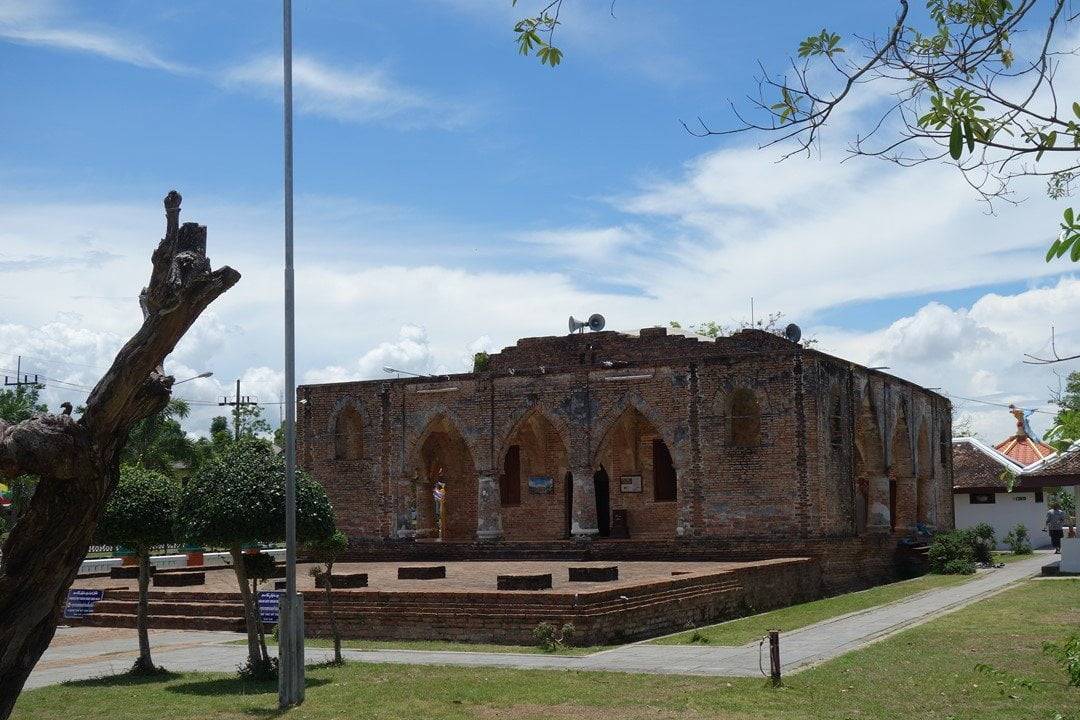
In Pattani, you will find one of the oldest mosques in Malaysia and Thailand. Krue Sae mosque is around 500 years old and the construction was never finished. You cannot enter it if you’re not Muslim, but just seeing the outside is sufficient. It’s one of the rare stone mosques in this part of Asia, it was built in a very simple way.
In this area, before people started converting to Islam, Chinese and Buddhist cultures had a very strong influence. So when people started to convert to Islam, the mosques they built looked like temples. They, later, tore it down to build more traditional mosques.
That’s why you cannot see many old mosques in Malaysia and southern Thailand, and that you’ll see none from around the time Islam got there.
Next to the mosque, you’ll find the San Jao Leng Ju Khieng Shrine. The story of this shrine is intermingled with the story of the mosque. In the 16th century, a rich nobleman from China visited Pattani and fell in love with a local girl, he converted to Islam and married her.
Later he started to build the mosque but his sister came to convince him to come back to China with her. He refused and the sister cursed the mosque, swearing it will never be completed. Regularly, lightning would strike the construction and delay it. But nothing worked to convince the brother, desperate, the sister hanged herself from a tree nearby.
The shrine was built to commemorate her, and the brother decided to cease building the mosque. All other attempts to complete the building have failed so far.

Pattani also has some stunning unspoiled beaches, perfect to camp, go for a swim, or have a barbecue. Laem Tachi (Laem Pho) in Yaring is a nice one.
You’ll also find a couple of mosques and temples you can visit. Make sure to stop by the Kallayaniwatthana Institute of Arts and Culture as well. Nearby, the architectural wonder of Yarang Ancient City awaits to be visited.
Outdoor lovers can head to Namtok Sai Khao National Park, one of the best national parks in Thailand and definitely one of the least touristy places in the country. There you can hike to waterfalls and scenic overlooks, while enjoying the area’s wilderness.
<< Find accommodations in Pattani >>
Narathiwat
Narathiwat province has a lot to offer in terms of culture as well as in terms of nature. Nature lovers can go for hikes, chase waterfall, and enjoy virgin beaches. While culture lovers can visit museums, handicraft villages, and temples.
You shouldn’t miss the Ya Kang Khanom Floating Market held on Friday to Sunday from 3PM to 9PM, and the Thon Village, famous for its fisherman community and craftsmanship.
A trip to the Hala-Bala Wildlife Sanctuary is a must, you can hike in this lush rainforest and stop at special viewpoints to try to spot wildlife.
The Ao Manao Khao Tanyong National Park is also a must-visit to go hiking and enjoy the beach.
<< Find accommodations in Narathiwat >>
Betong
Located in the mountains near the Malaysian border, Betong features breathtaking scenery and plenty of things to do.
Sea of Clouds – Aiyoe Weng hill
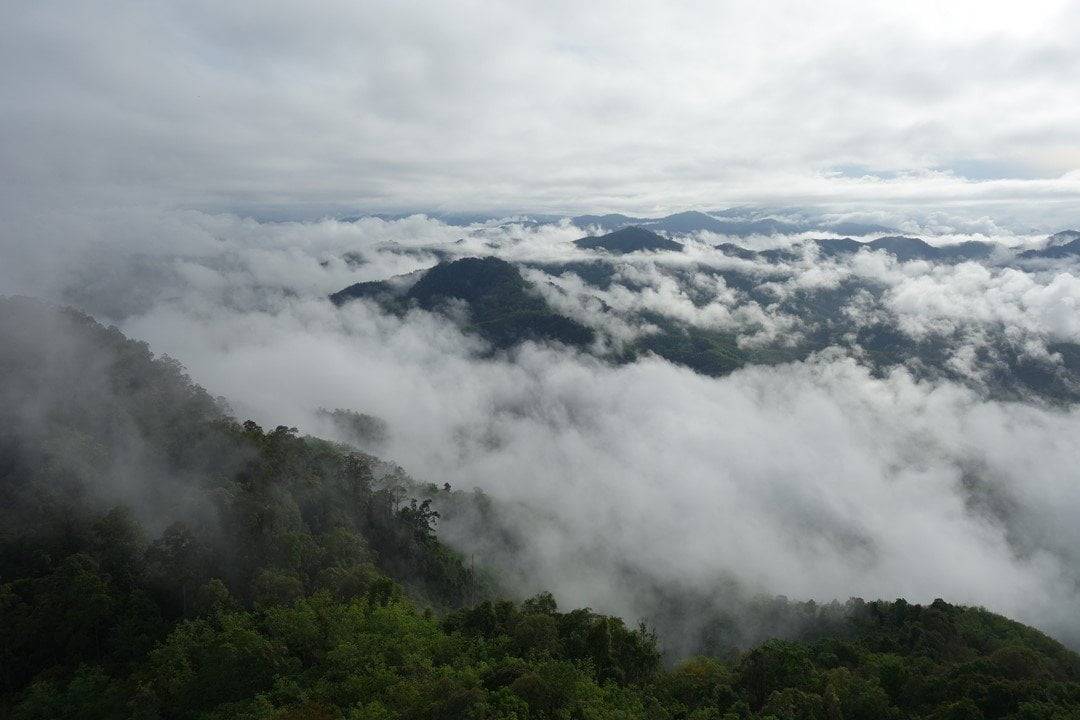
This 2000-meter high viewpoint is just amazing, the scenery is truly breathtaking. From there you’ll literally see a sea of clouds. Above the clouds, you’ll only spot a couple of peaks from the surrounding mountains. The best time to go is early morning, that’s when the clouds/fog are thicker and seeing the sunset over the clouds is just magical.
Piyamit Tunnel

During the 20th century, communists in Thailand and Malaysia had a hard life and often had to hide, mostly underground.
In Betong, you can visit the Piyamit Tunnel where resistant from the communist party of Malaya used to live to protect themselves from air raid and to store food.
Built in 1976, the tunnel is 1 km deep and up to 20 meters wide. They will explain to you everything about the history of the place, how people used to live inside the tunnel and how they could stay hidden so well.
Betong Hotsprings
The hot springs are in the middle of the city, they dug up a pool and fill it up with natural hot water. The pool is really shallow, and most people only put their feet in it. There are places where the water is too hot to take a deep, but just warm enough to cook eggs.
The entrance is free.
Betong Winter Flower Garden
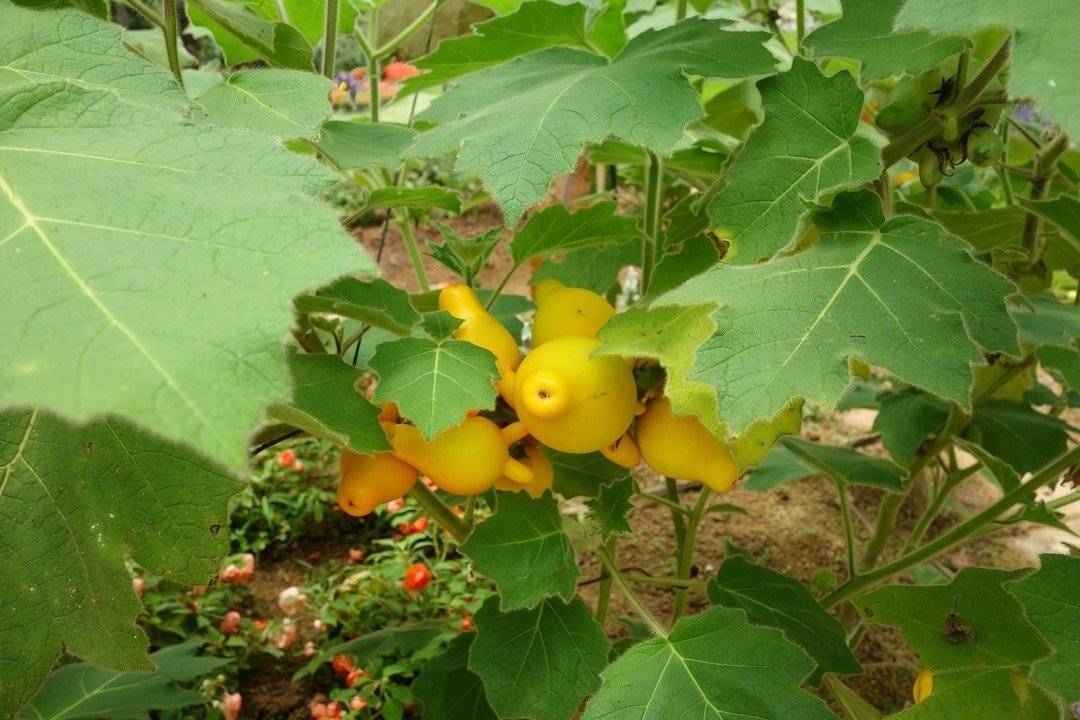
This place is half a hotel and half a botanical garden. You can visit the garden even if you’re not stating at the hotel. It’s called Winter Flower Garden but you can go any time of the year. They also grow fruits and vegetables there. It’s a nice place for a stroll and to learn about the local flora.
<< Find accommodations in Betong >>
Yala
Yala Province also as a lot of hidden gems such as the Sin Cave also called Tham Sin. There you’ll find ancient cave paintings dating back to the 14th century. The paintings represent Buddha as well as several women’s portraits from the Srivijaya period.
You can also visit Krachaeng cave, the surrounding landscape is beautiful and during the dry season you can cross the cave and from the end visit 3 other caves.
There are also several waterfalls such as Namtok Tawan Ratsami (or Bu Ke Pilo waterfall), this waterfall is amazing because the light reflecting on the stones create a sort of yellow light coming out of the water. Sukthalai and La-ong Rung waterfalls are also worth a stop.
On the way to Betong, you can visit the Sakai village, home to the Sakai aboriginal community. It used to be a nomadic tribe, they now live year-round in the same village and usually locals work in the nearby rubber plantations.
<< Find accommodations in Yala >>
Travel tips for Visiting Thailand’s Deep South
I think 90% of me enjoying my stay there was because I did Couchsurfing and the people were so generous.
If I had stayed at a hotel, the experience wouldn’t have been as good as it was. Discovering the culture is an important part of going there, it’s hard if you’re staying in a hotel. Furthermore, many places cannot be reached using public transportation, and I’m not sure if you’ll easily find a motorbike or car for rent.
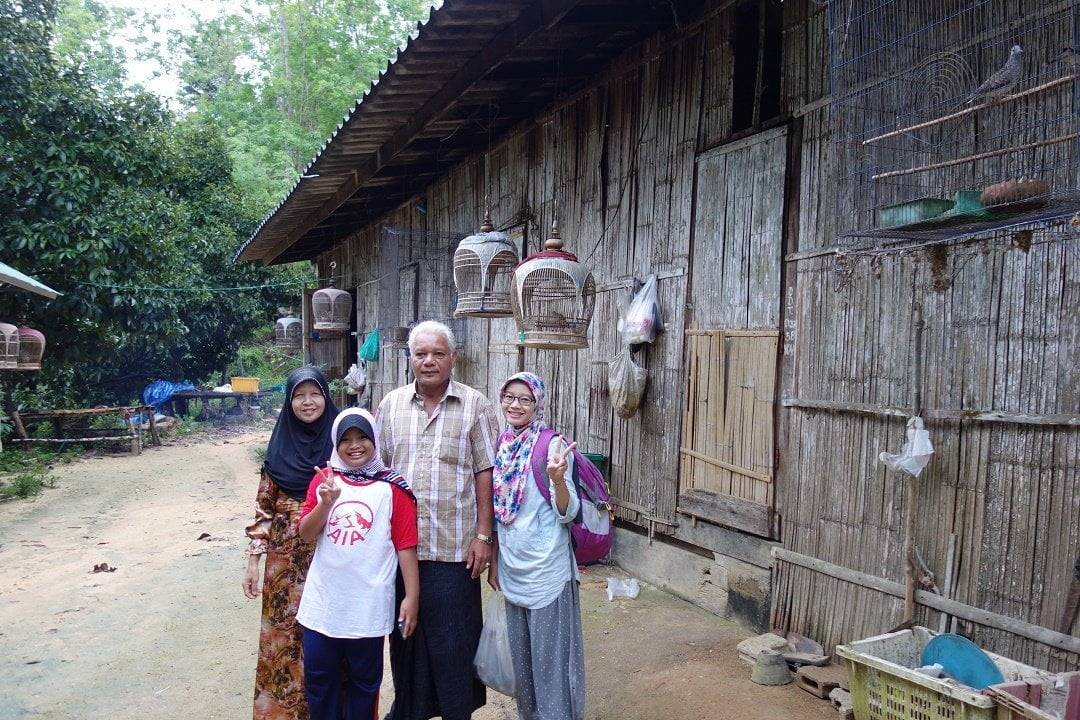
Always check the news and what’s going on there before deciding to go. Things can change rapidly and the situation can get worse as well as better (hopefully).
The only public transportations in these provinces are the trains or the minibuses. Minibuses can drop you off where you want if it’s not too far off their usual route. No one speaks English there, so ask your host or hotel to speak with the driver.
As these provinces are Muslims and never see any tourists, please don’t wear a swimsuit at the beach, just keep your clothes on if you want to swim. Outside the beach also wear appropriate clothing (knees and shoulder covered).
You can easily cross the border with Malaysia, the train goes all the way to the border but you’ll have to take a bus after crossing the border. Note that there are no more trains in northern Malaysia as the line was flooded a couple of years ago, and they never bothered to fix it. So the bus is your only option.
Related articles to help you plan your trip to Thailand:
- 10 National Parks in Thailand worth visiting
- 10-day Thailand itinerary
- Everything you need to know before going to Thailand
Like it? Save it for later:
